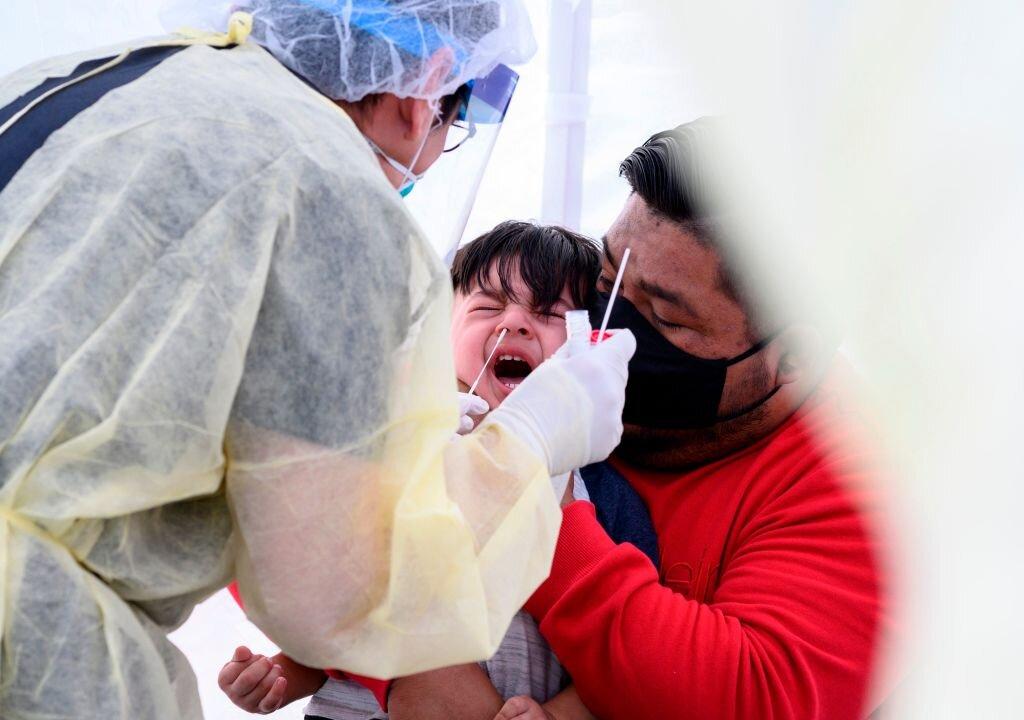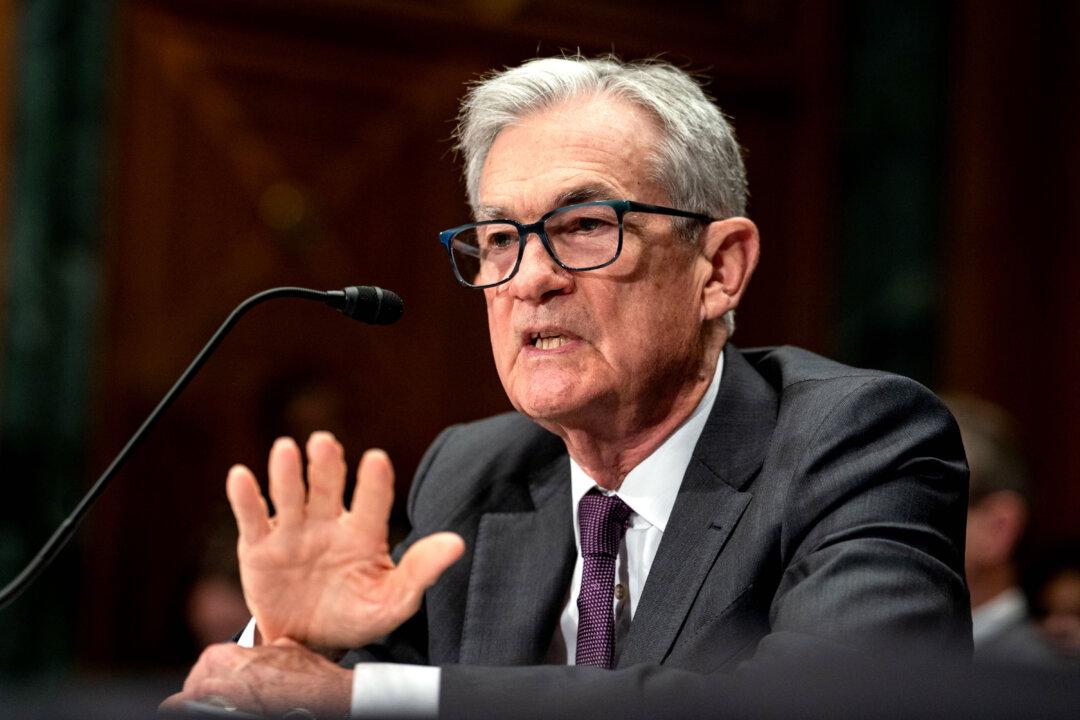The CCP virus pandemic could last until 2022, according to a new report by the University of Minnesota’s Center for Infectious Disease Research and Policy (CIDRAP), which predicted three possible scenarios of varying severity.
A group of researchers at the center, headed by Dr. Kristine A. Moore, medical director at the University of Minnesota center, and including pandemic experts from Harvard and Tulane universities, found that, based on the most recent flu pandemics, the current outbreak will likely last 18 to 24 months and is unlikely to stop until 60 to 70 percent of the population is immune.





